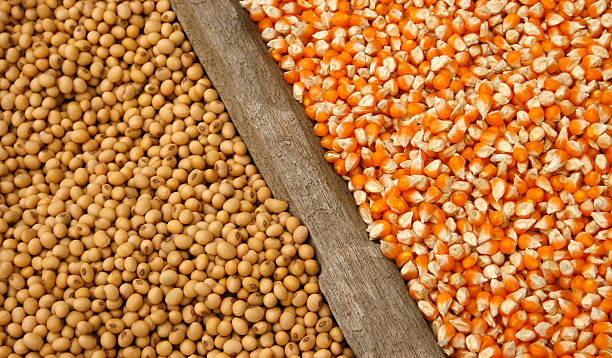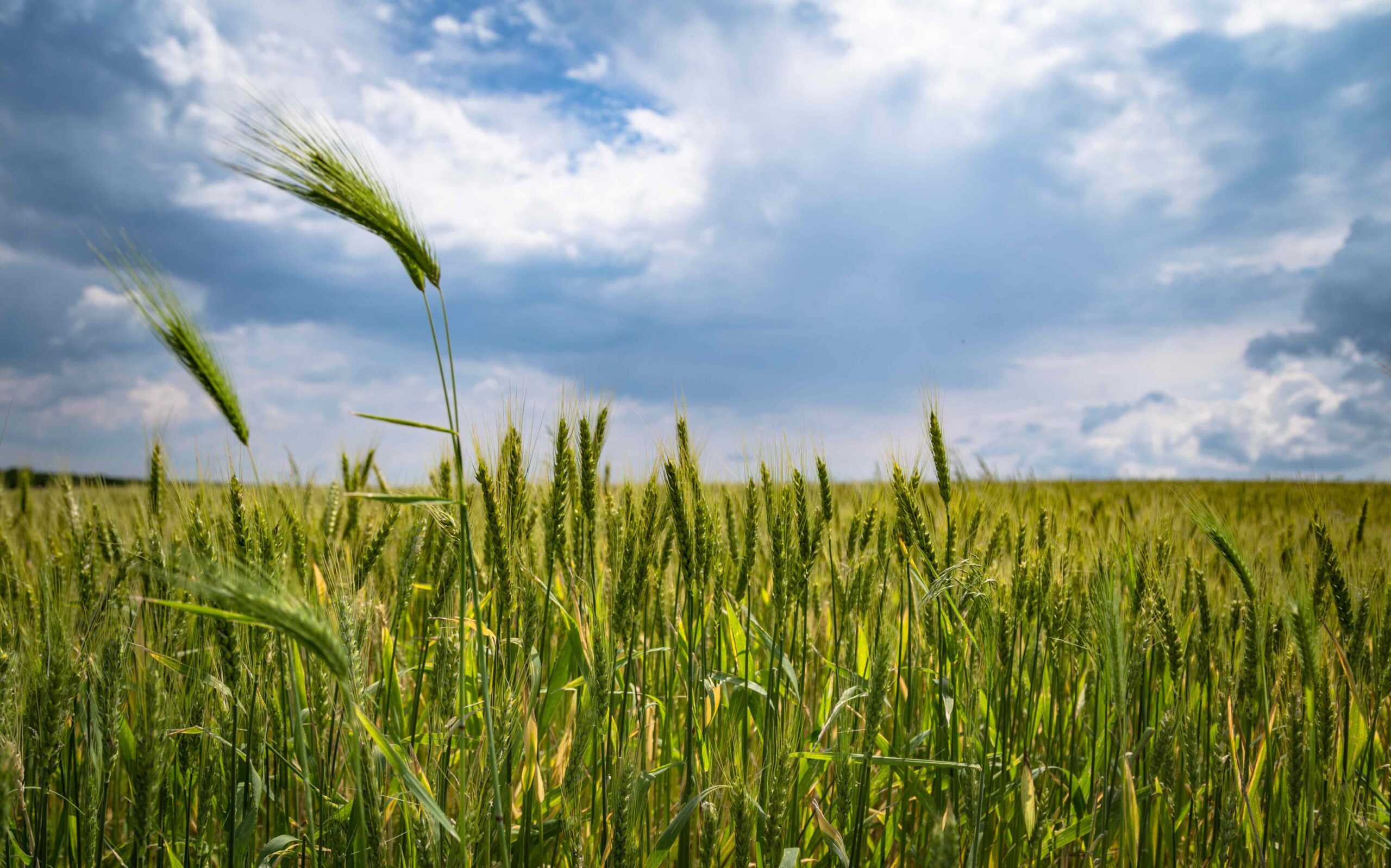While the overall demand for chicken remains strong, a couple of production trends caught my attention last year that have continued into 2023. It seems there could be a new “normal” in the broiler industry – fewer chicks hatched per broiler-breeder hen placed. Breeder hens produce the fertile eggs that will be hatched to produce the broilers that are eventually slaughtered for chicken products. Figure 1 shows roughly a 6% drop from the long-term average in chicks hatched per hen per month. Multiplied across the industry’s breeder farms, that could result in millions fewer chicks per year. This could be caused by any number of factors. Whatever the cause, the industry needs the chicks to keep up with demand for chicken. To offset this loss, figure 2 shows that about 8% more hens are currently in the field than in the past. One could argue that this is the easy solution to make up the difference. However, that solution eventually requires additional breeder housing. That leads to a difficult economic situation for commercial poultry companies and their contract growers.
In my last article for SAT, I discussed the increasing cost of broiler housing and its impact on growers’ ability to build new farms or expand existing farms. Breeder growers are facing similar challenges. A typical breeder farm today consists of four to eight 40’ x 500’ houses with enclosed concrete hallways between the houses and cooled egg storage facilities. In addition to the normal environmental control systems, these farms have specialized equipment like nesting boxes, egg conveyors and split feeding / drinking areas for hens and roosters. The structures are also specialized for the task of keeping large hens and roosters comfortable and producing fertile eggs for 40+ weeks. To contend with labor shortages, growers and integrators have had to adopt labor saving equipment for egg collection and crating. All such specialized housing and equipment comes at a premium. Add the general increase in building materials and labor costs over the last few years and the resulting cost of a new four-house breeder farm in the southeast today is $32.50 per square foot or approximately $2.6 million or more. This does not include the cost of the land itself, extensive land prep, or any cost for ancillary equipment.
For example, if we assume a USDA Farm Services Agency guaranteed loan that reduces equity requirements down to 10% and include estimated additional costs and fees, a grower will need to borrow approximately $2,795,000 to get a new four house breeder farm up and running on land they already own. The corresponding annual payment (20-year loan, 8% APR) would be approximately $284,677. At an average annual income of $4.60 per square foot for new breeder farms (ref 2), the annual gross revenue would be $368,000. Annual operating expenses have been shown to cost approximately 25% of gross revenue on new breeder farms, or in this case, $92,000 per year. This leads to a shortfall in net revenue of ($8,677) per year for the grower. Integrators have recognized this is an untenable situation for growers and a barrier to obtaining additional breeder housing. In response, some have offered direct cash incentives that lower the effective cost of the new houses while others include additional pay per dozen eggs for new housing. These direct cash incentives must decrease loan amounts and increase net revenue to meet the typical bank requirement of a 1.30 debt service ratio if new loans are to be made. In the scenario depicted in table 1, a cash incentive of $7.00 per square foot combined with a revenue equal to $4.82 per square foot would result in a positive net return, meet debt service requirements, and allow for new farms to be built. It remains to be seen whether such incentives would support enough new housing to overcome what could become a serious challenge for some companies.
Figure 1:

Figure 2.

Table 1.
| Four New 40′ x 500′ Breeder Houses | No Incentive | Incentive | |
| Incentive Payment | $7.00 per Square Foot | $0 | $560,000 |
| New Farm Loan | 20-year, 8% APR, 10% Eq. | $2,795,000 | $2,215,400 |
| Interest Paid Over Loan Period | $2,898,538 | $2,297,468 | |
| Gross Revenue per Square Foot | $4.60 | $4.82 | |
| Annual Gross Revenue | $368,000 | $385,336 | |
| Annual Loan Payment | ($284,677) | ($225,643) | |
| Annual Operating Expenses | 25% of Gross Revenue | ($92,000) | ($92,000) |
| Annual Net Return | ($8,677) | $41,923 | |
| Debt Service Ratio | 0.97 | 1.30 | |
Ref:
- Livestock Marketing Information Center: www.lmic.info
- New Farmer’s Guide to the Commercial Broiler Industry: Farm Types & Estimated Business Returns: www.aces.edu/blog/topics/farming/new-farmers-guide-to-the-commercial-broiler-industry-farm-types-estimated-business-returns/
Brothers, Dennis. “New Commercial Poultry Breeder Housing Under Economic Stress.” Southern Ag Today 3(40.2). October 3, 2023. Permalink











